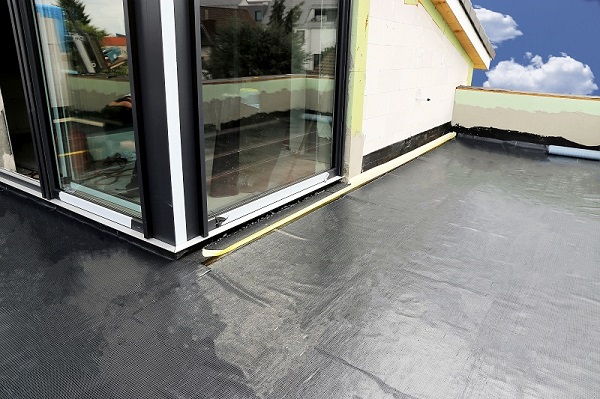Many homeowners tend to skip the balcony sealing option or making their balcony waterproof. Balcony Sealing helps to keep the moisture away from the exterior of the home which effectively reduces dampness. This will prolong the durability of the home from elements of nature and others. Hence, we should look at all the pros and cons of balcony sealing or waterproofing.
Benefits of Deck and Balcony Sealing with Waterproofing
Since balconies are exposed to natural elements like rain, sunlight, wind etc, they tend to get dumped, eroded, faded or can even get damaged easily. Sealing balconies with waterproofing materials help in resisting water or rain, and other destructive forces of nature. When water seeps through space in between floorboards, it can create pressure due to a difference in temperature, resulting in expansion and contraction of building materials. This may result in weakening of structure due to cracks.
If the balcony gets damaged, this may bring serious danger to the family members. Balcony sealing done timely can save a lot of costly repairs in the future. Sealing should be done once when there is a sign of damage like crack, dampness. Moreover, with the recent advancements in the industry, waterproofing materials have become very durable these days.

Disadvantages of Balcony Sealing with Waterproofing
The major drawback of waterproofing is the cost of the materials and the service charges. Labour costs are higher for external sealing than internal waterproofing, as it involves many steps.
Importance of Sealing Balcony surfaces with Waterproofing
Huge attention is required for sealing the balcony surface and waterproofing it. The importance of sealing is discussed below:
- Balcony sealing with waterproofing is required in order to preserve the underneath area of the balcony that can occur from any water seepages or cracks in areas of snow or rainfall. However, sealing the balcony surfaces is quite an essential part of the building and it cannot be taken lightly.
- The sealing of flat roof balcony areas, as well as balconies on top of rooms and terrace areas with waterproofing, should be taken seriously to prevent any serious consequences.
Materials for sealing
- There is a number of different methods and new technologies that can be used in the process. Also, different materials are available that can keep balcony sealed and safe from water.
- The material that is chosen should have the right ingredients depending on the weather conditions of the area.
Tactics of Balcony Sealing with waterproofing
There are several methods of waterproofing balcony surfaces. For example, using a membrane which is waterproof. There are lots of benefits for using a waterproofing membrane both below and above the surface, to protect from moisture.
You need to make sure that the water is directed correctly away from the area. It will make sure that the water does not stand and seep into the surface. Such draining strategy will help in reducing efflorescence, dampness and any other water leaking into the tiling or the surface. Apply the following tactics to avoid such situations –
- Before applying for any waterproofing materials complete all water drainage works.
- Before applying the waterproofing complete all fixing and penetrating works
- Choose the membrane material which will suit the design and structure of the balcony. Like: balustrade materials and roof materials
- You must ensure of any penetrating materials are applied with an additional sealant to create an additional seal on the area from the water.
- There should be a good drainage plan for the balcony levels in order to avoid creating any water pools.
Thus, you must remember to take necessary steps of balcony sealing right from the very beginning to keep your balcony last for a long time and make them look beautiful.

